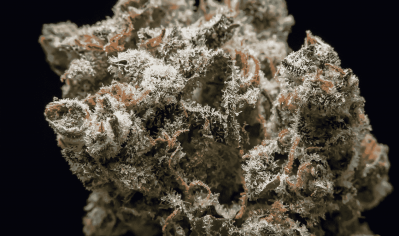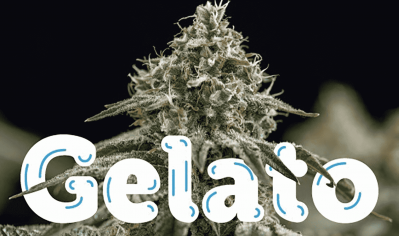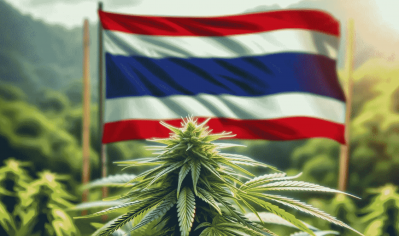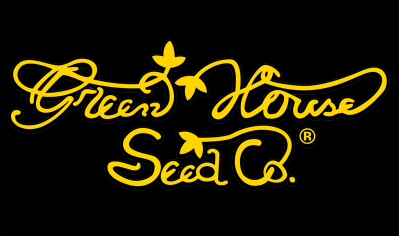Content
- Origins and early research
- Afghan indica
- Mexican sativa
- Colombian sativa
- The creation of Skunk #1
- Dissemination and impact on industry
- Impact on medical use
Origins and early research
The story of Skunk genetics begins in the 1970s in California, USA. During this period, a group of enthusiasts and breeders known as the Sacred Seed Company decided to create a cannabis hybrid that would combine the best qualities of different varieties. The main goals included improving yields, resistance to disease and unfavorable climatic conditions, and enhancing the psychoactive properties of the plant.
Afghan indica
Afghan Indica, also known as Afghana, was one of the first varieties included in the breeding program. This variety was chosen for its unique characteristics: short flowering period, high yield and resistance to diseases and pests. Afghan indica grew in the harsh climatic conditions of the mountains of Afghanistan, which made it hardy and adapted to various stress factors. The flavor and aroma of Afghan indica was characterized by pronounced earthy and spicy notes.
Mexican sativa
The next important component of the hybrid was Mexican sativa, known for its high content of the psychoactive substance tetrahydrocannabinol (THC). This variety was popular in the central and southern regions of Mexico and was characterized by high growth and a long flowering period. Mexican sativa gave the plant a light, energizing and euphoric effect that was highly valued among growers. It also added sweet and citrus notes to the aroma and flavor of the hybrid.
Colombian sativa
Colombian sativa completed the top three main varieties used in the creation of Skunk. This variety grew in the highlands of Colombia and was known for its powerful psychoactive properties and strong fruity flavor. The Colombian sativa was characterized by a long flowering period and high growth, but was less resistant to unfavorable conditions. Its inclusion in the hybrid increased its psychoactive effect and added unique aromatic qualities.
The creation of Skunk #1
Sacred Seed Company breeders, specifically Sam Skunkman and Ed Rosenthal, spent several years laboriously crossing and selecting these varieties. Many experiments and breeding cycles resulted in a hybrid that was named Skunk #1. This variety combined the best qualities of its ancestors: short flowering period, high yield, resistance to diseases and pests, as well as a powerful and balanced psychoactive effect.
Skunk #1 has quickly gained popularity among cannabis cultivators due to its unique combination of properties. The pungent, skunk-like aroma gave the hybrid its name and became its hallmark. Breeders continued to work on improving the genetics of Skunk #1, spreading it around the world and laying the groundwork for further research and the creation of new hybrids.

Dissemination and impact on industry
After the successful creation of Skunk #1 in the 1970s, it began to spread rapidly around the world, becoming one of the most recognizable and popular cannabis varieties. Its unique properties such as high yield, disease resistance and powerful psychoactive effects attracted the attention of breeders and cultivators in many countries.
In the 1980s, Skunk #1 reached the Netherlands, where cannabis culture was booming thanks to more liberal legislation. The Netherlands became the epicenter of legal breeding and commercial cannabis cultivation. Skunk #1 quickly gained popularity among Dutch breeders and consumers due to its reliability and potent effects.
Many Dutch breeders began using Skunk #1 as a basis for creating new hybrids. Varieties such as Super Skunk, Shiva Skunk and others were the result of crossing Skunk #1 with other well-known cannabis varieties. Super Skunk, for example, was created by crossing Skunk #1 with Afghan indica, adding even more strength and resilience to it.
Skunk genetics cannabis varieties from Errors Seeds:
- Auto Skunk Haze Feminised Silver
- Auto Super Skunk Feminised Gold
- Early Skunk Feminised Gold
- Skunk #11 Feminised Gold
- Super Skunk Feminised Gold
The popularity of Skunk #1 has also played an important role in the development of commercial cannabis cultivation. Its genetic stability, high yield and disease resistance made it an ideal choice for mass production. Cultivators around the world began growing Skunk #1 on a large scale, which helped to standardize cultivation methods and improve the quality of the buds.
Skunk #1 became a kind of quality standard in the cannabis industry. Producers strived to achieve the same characteristics and results that the strain provided. This led to the development of new technologies and cultivation methods such as hydroponics, modern fertilizers and climate control systems. These innovations have not only improved the quality and yield of cannabis, but have also made the growing process more efficient and predictable.
At the Errors Seeds online store, anyone can buy Skunk cannabis seeds in just a few clicks. Add your favorite variety to your cart and place your order.

Impact on medical use
In the 1990s, active research into the medical properties of cannabis began. Skunk #1 and its hybrids became an important part of this research due to its balanced effects and high concentration of active ingredients. Medical cannabis began to be used to treat various diseases and conditions such as chronic pain, chemotherapy-induced nausea, epilepsy and multiple sclerosis.
Skunk #1 became the basis for developing medical cannabis varieties that were more specific in their effects. For example, high cannabidiol (CBD) and low tetrahydrocannabinol (THC) varieties were created for patients who needed the therapeutic benefits of cannabis without the strong psychoactive effects.
Skunk #1 also had a significant impact on cannabis culture and public perception of the plant. In the 1980s and 1990s, cannabis became a symbol of the counterculture and the legalization movement. Skunk #1, as one of the most recognizable varieties, became associated with these movements, contributing to public interest and support for cannabis legalization.
The popularity of Skunk #1 in the media, music and art has contributed to its perception as a symbol of quality cannabis. The strain was frequently mentioned in songs, films and literature, which contributed to its further spread and popularization.
Thus, the spread and influence of Skunk on the cannabis industry has been significant. The strain not only contributed to the development of new hybrids and improved cultivation techniques, but also played an important role in medical research and cultural movements related to cannabis.
WARNING! Errors Seeds does not encourage or encourage you to grow cannabis. Cultivation is prohibited by the legislation of Ukraine. The article is only of scientific and educational interest.












Write a comment